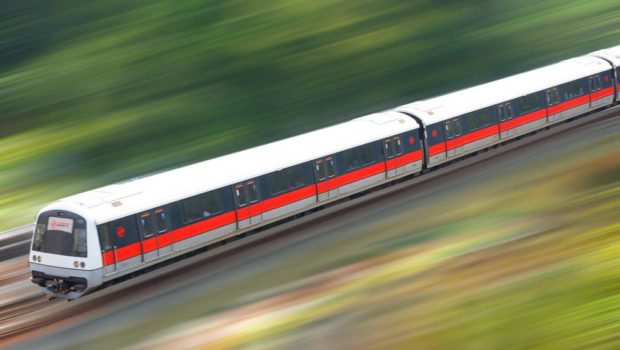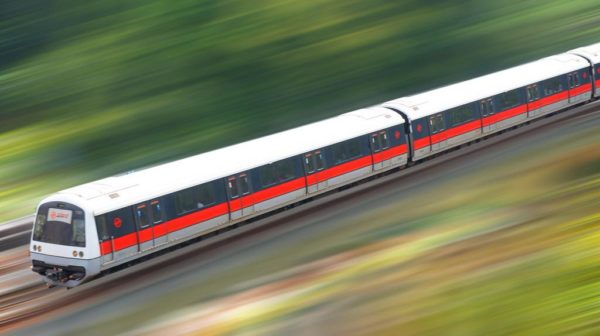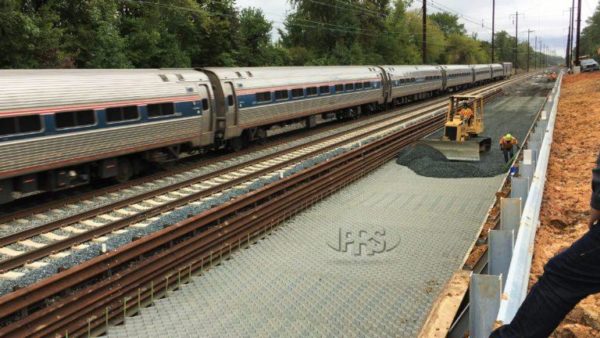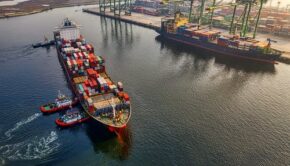All About High-speed Railways
Capable of reaching astonishing speeds of up to 375 miles per hour, high-speed or ‘bullet’ trains have revolutionized the daily commute for the some 1.6 million passengers they carry around the world each year. And while we tend to focus on the trains themselves, there’s a lot of work that goes on behind the scenes to make them happen – from the engineering of the tracks they run on to the stabilization of the soil beneath those tracks.
Advantages of high-speed rail
They may be sleek, fast and impressive, but just how necessary are high speed rail networks?
Less reliance on private cars and vehicles
Whether it’s the amount of fuel guzzled up, traffic jams and inner-city congestion and resulting smog, or the fact that we’re simply running out of space for them, many cities are in desperate need of a reliable alternative to motor cars. High speed rail allows a much larger number of passengers to move into or out of the city quickly and without congestion. And with fewer cars in the city, it’s safer and more pleasant for pedestrians and cyclists too.
Speeds to rival air travel
It may be the most expensive form of transport but traveling via plane has long been the fastest way to get to your destination. But for journeys of under 400 miles, high speed rail can potentially get you where you want in less time, costing far less in the process.
Environmental Benefits
While most high-speed rail cars still result in the burning of fossil fuels for electricity, the amount of fuel required per passenger pales in comparison to the equivalent number of cars, buses or taxis needed to transport the same number of people. This difference is even more noticeable in cutting edge energy-efficient Maglev (or magnetic levitation) trains. The ability to incorporate the use of renewable energy sources for power makes means this form of transport has great green potential.
History of High-Speed Rail
The Japanese Shinkansen or bullet trains are broadly considered the first truly high-speed rail cars, although the race to make trains faster and faster has been going on since 1804 when the very first steam-powered trains hit the rails. Surprisingly, the Japanese bullet trains themselves date all the way back to 1964, when the first line was constructed between Tokyo and Osaka for the 1964 Olympics. Japan now has some 1,500 miles of high-speed rail networks, with trains that travel up to 185 miles per hour in stretches.
High speed rail made its way to Europe in 1978, with the construction of the high-speed line between Rome and Florence in Italy. France, Germany, Britain, Belgium and Spain soon followed suit, with several lines on which trains now travel at 150 miles per hour. In China, high speed trains now hit a whopping 217 mph along the 75 mile route between Beijing and Tianjin, and the maglev train between Shanghai and its airport reaches an astonishing 268 miles per hour.
All eyes are now on California, where a planned $100-billion rail project that has been beset by controversy hopes to bring America’s first truly high-speed rail network into operation in 2033.
Innovations that can reduce maintenance and lower the costs of high-speed rail
One of the biggest challenges facing new high-speed railways is areas of track which run over soft soils, such as clay with poor drainage. This was the very issue facing Amtrak (the US National Railroad Corporation) on a section of the 457-mile mainline Northeast Corridor track in Maryland. Because high speed rail is particularly sensitive to track geometry degradation, this section of track was subject to speed limitations and required expensive tamping to be performed every three to four months.
But working together with Amtrak, the Harsco Rail Consulting Group and Columbia University, engineering and technology company PRS Geocell Technologies came up with an elegant solution to reduce maintenance and improve long-term performance – the use of a Neoloy Geocell soil stabilization solution.
This solution was chosen because Neoloy geocells combine high strength, high stiffness and low creep under loading, all of which would vastly improve the track’s long-term performance. The use of this innovative stabilization technology reduced track maintenance cycles by a factor of 7, improved the overall track quality index, and offered a return on investment within just one year.
Geocells are an excellent example of a technology which could make an impact on high-speed rail projects, making them more stable, reliable and cost-efficient.


















